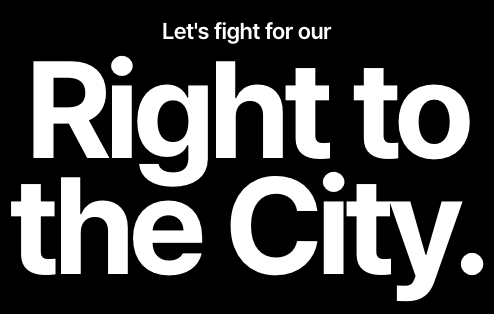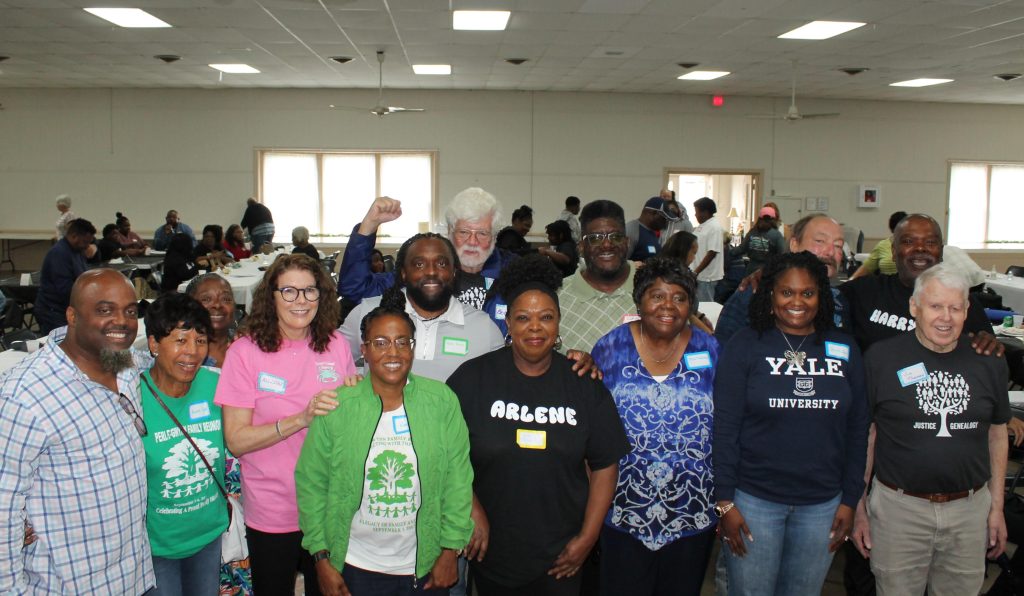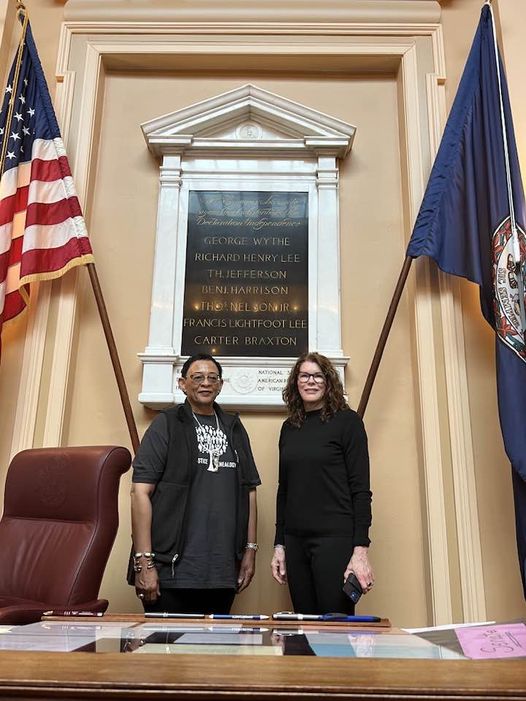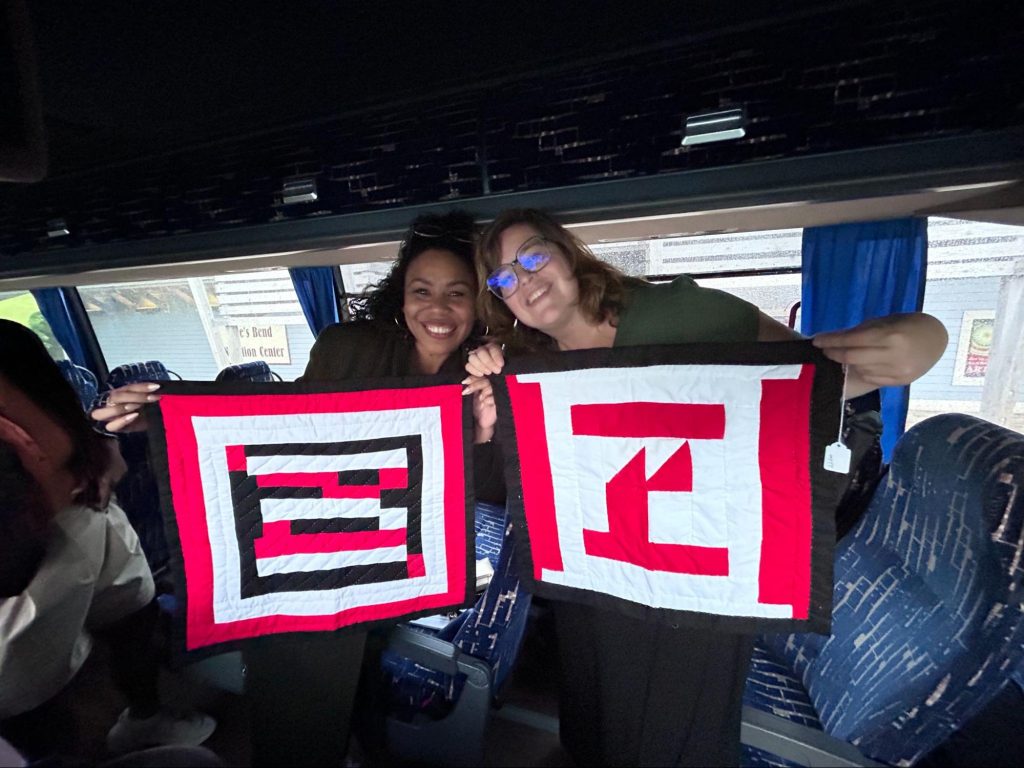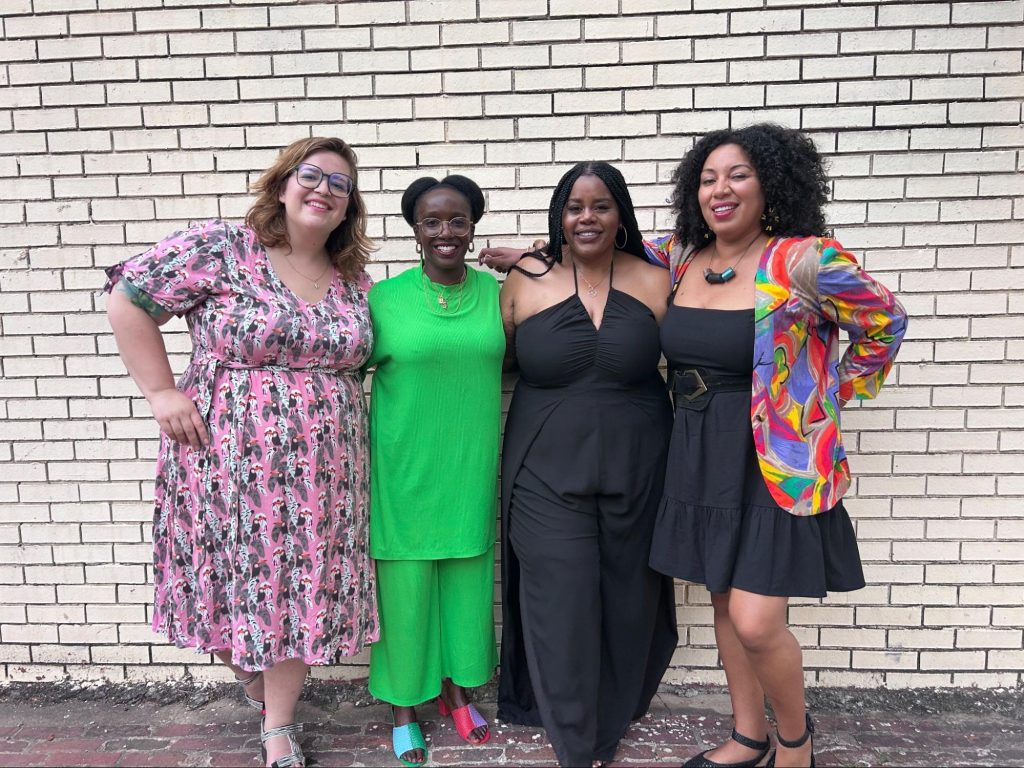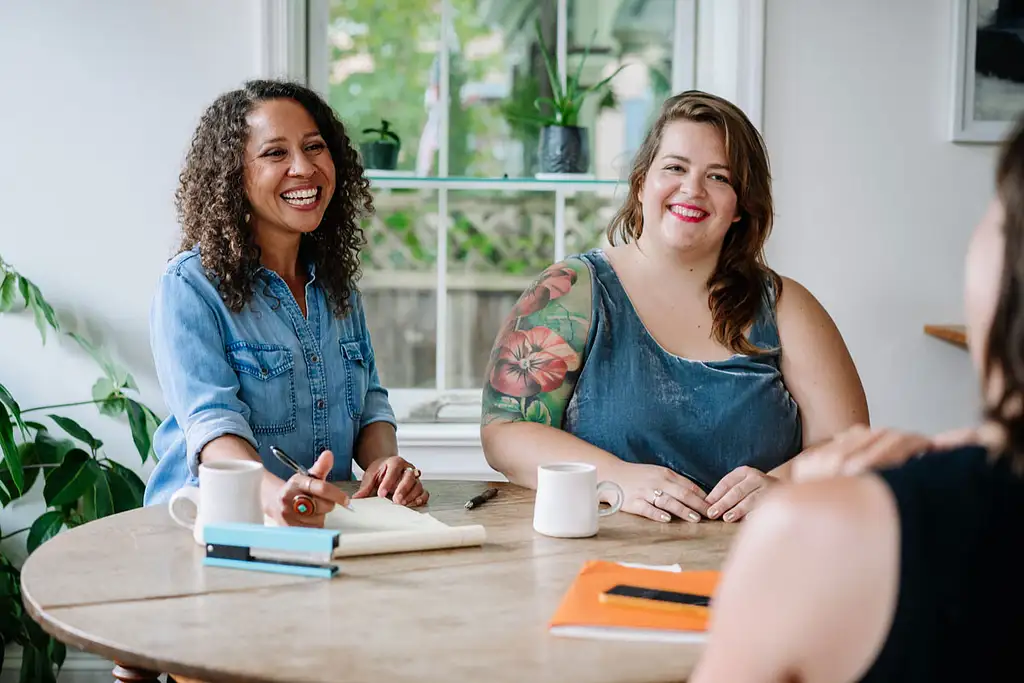We recently returned from Right to the City Alliance (RTTC)’s member assembly in New Orleans. We were incredibly grateful to be invited into this space and for the chance to learn directly from organizers building the solidarity economy!!! RTTC is a national alliance of more than 90 community-based organizations growing grassroots power to halt gentrification and displacement, and build democratic, just, and sustainable communities.
We’ve had a yearning since we first started with Chordata to get clear about what social movement investing looks like in our work. RTTC is developing an analysis and roadmap for coordinated national work for housing justice, including a clear analysis that Wall Street is not our friend. We loved chanting “Down, down with Corporations! Up, up with Liberation!” And are lit up to be in relationship with RTTC and mobilizing investments in line with this beautiful roadmap of what it takes to win!
We participated with groups across the country in building a shared analysis about what we’re up against. In a brilliant “State of the Movement” plenary, RTTC’s organizers described how the far right neo-fascist agenda is being developed and implemented in the US South, and how these strategies are coming for the rest of the country. They described how the rise of the far right is directly linked to the failure and devastating impacts of neoliberalism in this country. As neoliberalism stopped working for white working class people, the solution that’s been offered is neo-fascism, often couched in progressive terminology like “the elites don’t want you to have money or power”. The rallying cry at the assembly was that in order to defeat neoliberalism we have to beat back the far right, we need to focus our efforts in the South, and we need to block false solutions and build real alternatives.Towards these ends, we learned about core interventions like community controlled real estate, corporate targeting, rent strikes and tenant takeovers. One of Chordata’s investing priorities is community controlled real estate, and we felt so much alignment with RTTC’s vision! Some of our current community controlled real estate investments include EBPREC, Local Code Kansas City, Seed Commons, Cooperative Fund of the Northeast, and LEAF.

Visiting Jane PlaceWhile at the convening we visited an amazing New Orleans-based project called Jane Place. They create permanently affordable housing, advance tenant rights, expand housing security, and uphold equitable housing patterns and land use planning. In 2016, Jane Place opened the first permanently affordable apartment building in New Orleans- the Palmyra Street Apartments- and they are currently working to develop 14 more units of permanently affordable housing.Leaders from Jane Place spoke at the conference, offering framing about the impacts of disaster capitalism on their city, as well as how the work they’re doing to create community controlled housing is tied to climate resiliency. So many houses in New Orleans are being purchased and turned into Airbnbs, leading to displacement of local people. We heard about Jane Place’s incredible organizing work to win new limits aimed at curbing short term rentals in residential neighborhoods- this means there can only be one Airbnb per square block in New Orleans! What’s beautiful about the work of Jane Place is that in the face of displacement and gentrification and super high rents, they’re able to purchase buildings and rent them at really affordable prices to local residents.
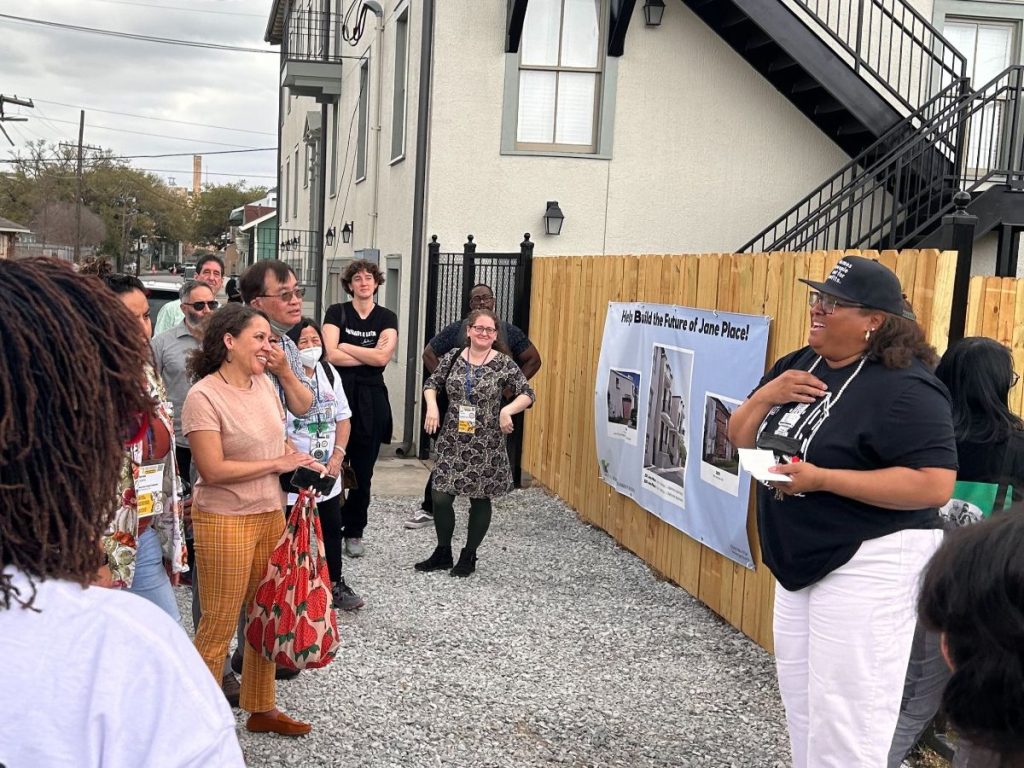
Looking under the financial hood of tenant takeoversAlso at the convening, we heard from several groups that were able to organize tenants to take over properties!! One project with over 80 families ended up having to take on an around $12 million loan that they are paying around 8% interest on, a super extractive rate of return. That pencils out to around $1M in interest each year, which is an extra $12,500 that each of those families has to pay a year just to cover the interest! This creates a huge burden on tenants who are just trying to live in their homes. Stories go viral about beautiful tenant takeovers, as they should. But if you’re not looking under the hood and seeing what’s happening with the financing, there can still be a lot of extraction happening. We’re really curious to look at where the opportunities are to bring more values aligned, lower interest and no interest capital to tenant takeovers so that people aren’t saddled with so much interest. If we want to see more of these tenant takeovers happening all across the country it’s going to take a lot more capital. One of our major takeaways from the convening is that we need more people on the investment side of things coming in alongside this amazing organizing. We want to see those of us on the investment side of the ecosystem communicating with groups about different kinds of values-aligned capital that’s available, and mobilizing local and national capital to support these incredible projects with more favorable terms.
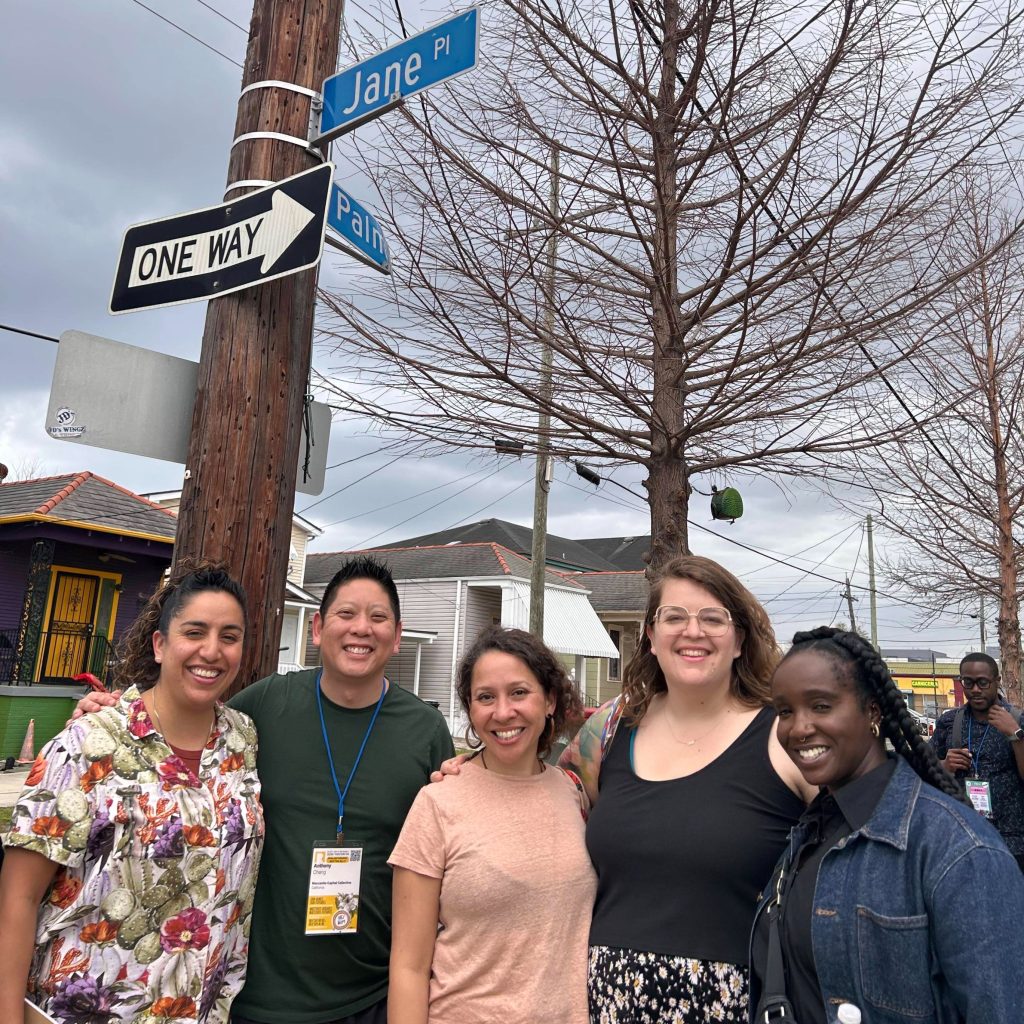
For those of you wondering how you can connect more to this work, here are a few places to start:Find Right to the City affiliates or other housing justice organizers in your community and figure out how to uplift that work and support renters in your region Look into your investments to see if you hold real estate investment trusts (REITs), or shares in corporations or private equity companies that are buying up apartments and houses and extracting wealth from tenants. If you’re a Chordata Client, we’re already working with you to divest from Wall Street! If you manage your own investments, consider divesting and shifting that capital into community-controlled real estate instead!
If you’re a member of Resource Generation, get plugged in to their new national campaign on housing, in partnership with Center for Popular Democracy’s House Everyone Campaign!
Reach out to Fernando Abarca at Right to the City to learn how to invest in their fund and move capital to support their work!
